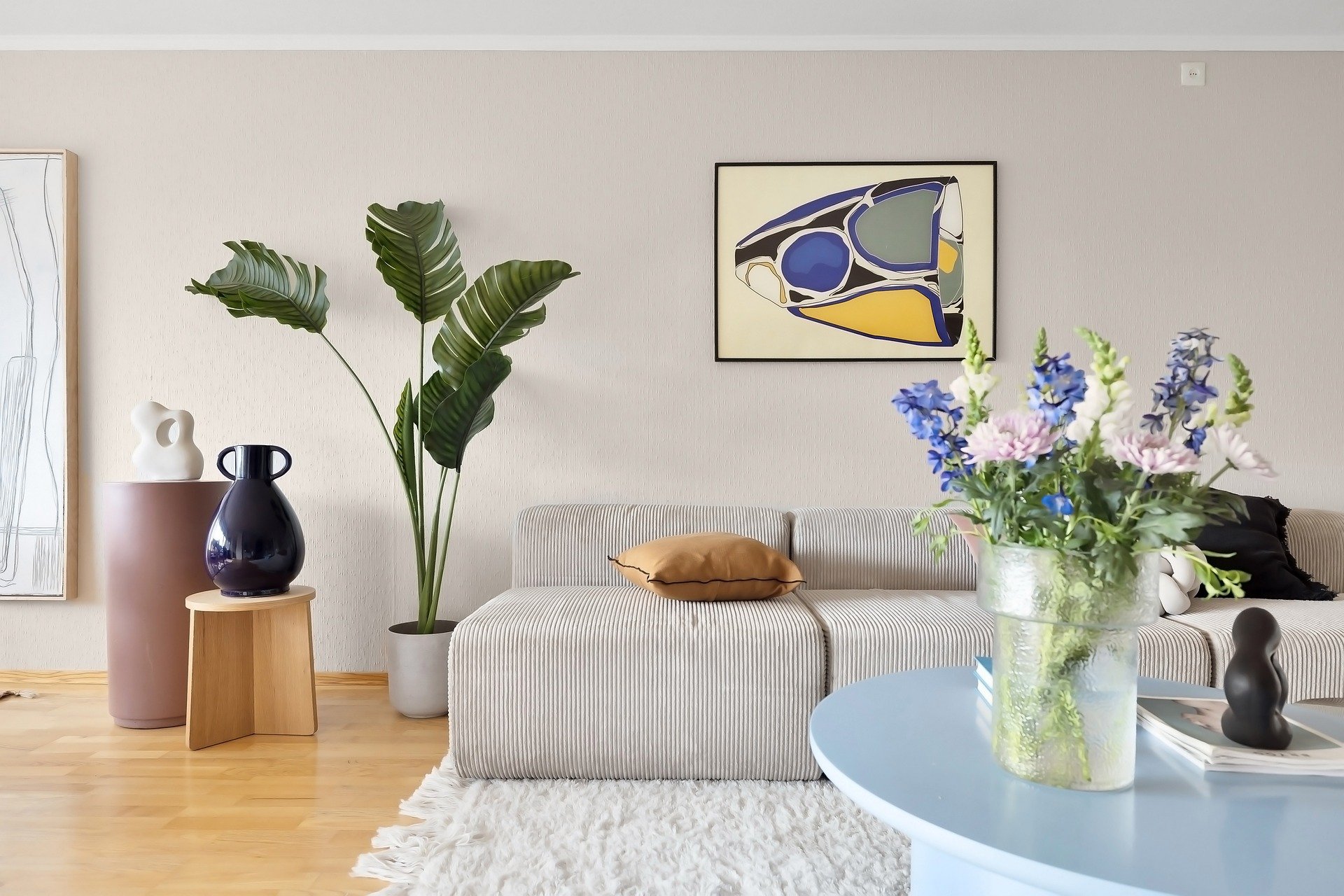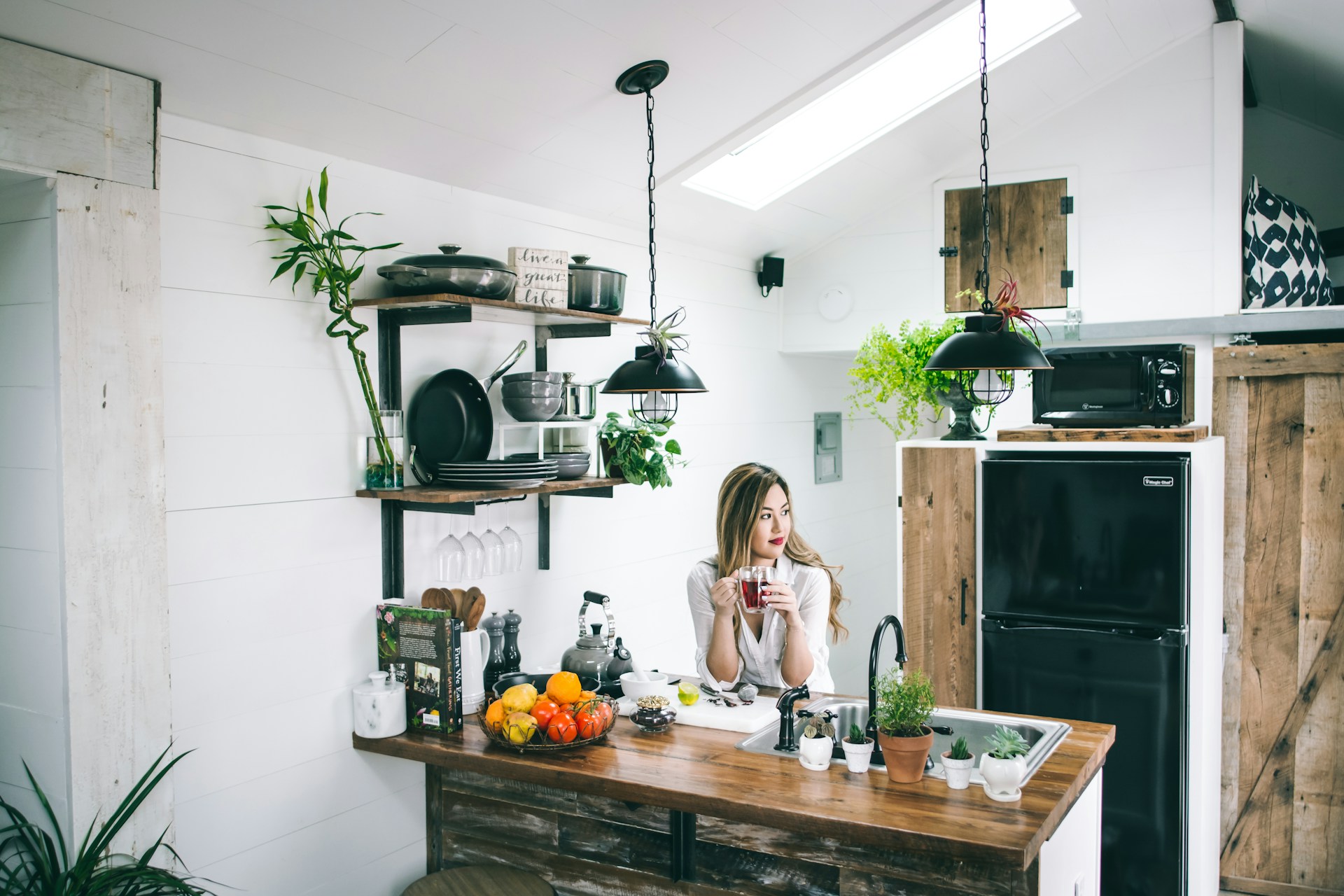Thriving in the New Normal: Hygiene-Driven Home Design Trends
The global pandemic has undoubtedly changed the way we live. Our homes have transformed into multi-functional spaces, accommodating work, play, education, and relaxation. One significant factor that the pandemic has emphasized is hygiene. Thus, hygiene-driven changes have started making a notable impact on home design trends.
Hygiene-centered Spaces: The New Essentials in Home Design
The pandemic has popularized the concept of hygiene-centered rooms – spaces dedicated to cleanliness and safety. Households are now interested in arrangements including entrance sanitizing stations, health-friendly modifications in home offices, and germ-resistant materials. The once-forgotten mudroom is experiencing a renaissance, combining utility for storage and doubling as a disinfection chamber for any outside items.
Elevating Bathrooms into Wellness Retreats
Bathrooms are now more than just functional spaces; they are becoming wellness retreats. Touchless fixtures, self-cleaning toilets, antimicrobial tiles, heated floors, and steam showers are in demand. These features not only keep the space sanitary but also contribute to creating a spa-like, relaxing atmosphere that promotes well-being.
Touchless Tech Gains Momentum in Kitchens
In kitchens, touchless technology is taking the stage. Hands-free faucets, touchless soap dispensers, and smart appliances that can be controlled via mobile devices are becoming prevalent. The objective is to eliminate the need to touch surfaces, reducing the risk of contamination.
Hygiene-conscious Materials Pave the Way
Materials play a significant role in creating a hygiene-centered home. Antimicrobial fabrics and surfaces, virus-resistant paint, and easy-to-clean flooring and countertops are gaining traction. These materials are not only practical but also stylish and sustainable, meeting the need for engaging aesthetics and environmental sustainability.
Outdoor Elements for Indoor Air Purification
Improving indoor air quality has become a priority. Hence, the popularity of air purifiers, dehumidifiers, and HVAC systems equipped with germicidal ultraviolet light. Moreover, integrating plants known for their air-purifying properties like snake plants, pothos, and spider plants can serve a dual purpose - adding an aesthetically pleasing natural element and improving air quality.
- Mudrooms can double as a disinfection chamber for outdoor items and clothes.
- Self-cleaning toilets and antimicrobial tiles in bathrooms can improve hygiene.
- Touch-less kitchen appliances reduce the need for physical contact, minimizing the possibility of germ transfer.
- Using materials like germ-resistant paints on walls and antimicrobial fabrics for upholstery can help maintain cleanliness.
- Air purifiers and indoor plants can significantly contribute to improving air quality indoors.
In conclusion, the pandemic has underlined the importance of having a clean, safe, and health-driven home environment. Consequently, designers and homeowners are focusing on creating multifunctional, hygienically safe interiors that offer comfort, practicality, and style in a seamless blend. These updates not only cater to our changed lifestyle but also promise to make our homes healthier and safer for years to come.





